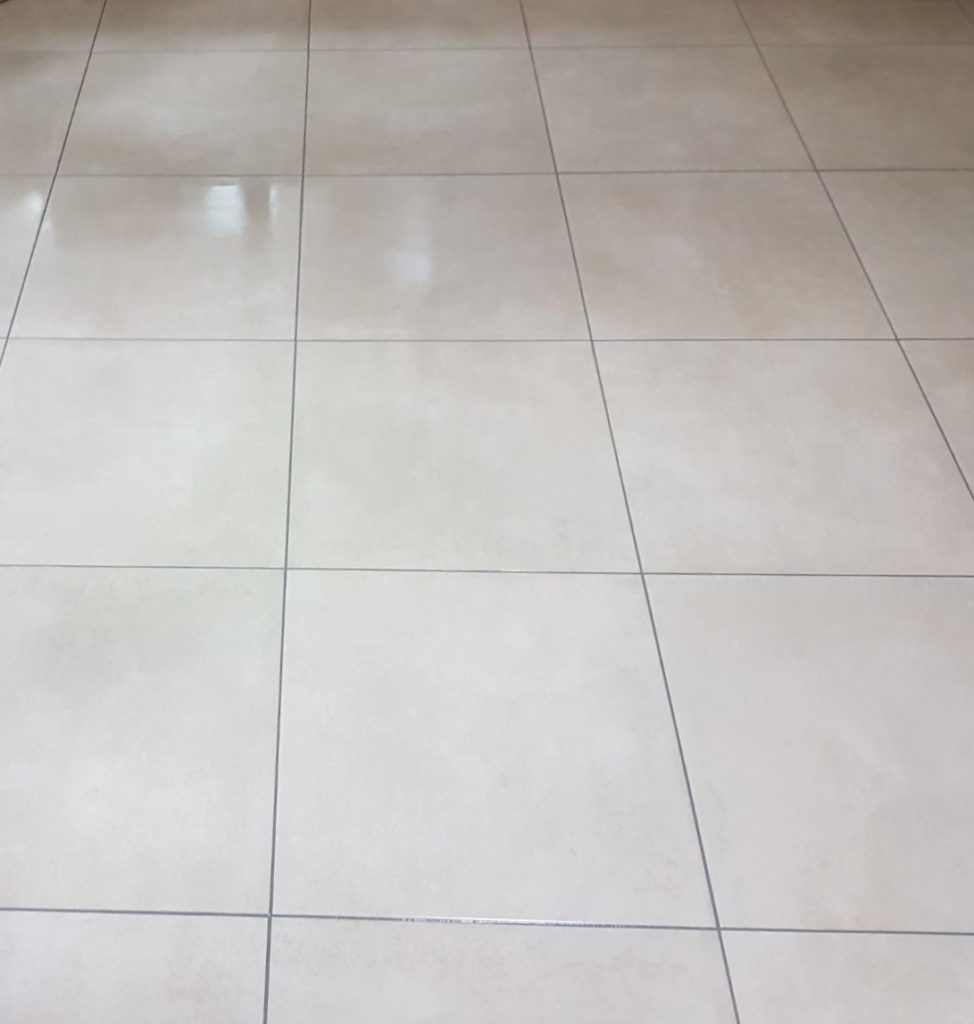Tile Ideas
3 ways to use square tiles
Square tiles are simple, understated and incredibly popular. They can be used very effectively in any room around the home, from the hallway to the bathroom, the kitchen to the conservatory. And although they are the simplest of tiles, they can be used in an interesting way to add a new and unusual element to your tiling. Here at Tiles 2 Go, we are Preston’s leading tiling experts. And we work with homeowners and landlords across the North West to provide top quality tiling solutions. As a result, we have produced this guide to the top 3 ways to use square tiles.
3 ways to use square tiles
Glossy or matt, patterned or plain, square tiles are the staple of most tiling projects. And some of the most common ways to use square tiles include:
- grid layout/straight lay
- diagonal tiling
- checkerboard tiling
Grid layout/straight lay
Top of the list, this is the most common way to use square tiles in any room. Simply by laying the tiles side by side, one on top of the other, you can tile your room. However, if you want to make it a little more interesting, you can use a different coloured grout. This transforms the tiling layout from a simple straight lay, to the grid layout. Because the different coloured grout highlights the square shape of the tiles.
If you want to make this even more interesting, why not add in a row of complementary coloured square tiles as border tiles?
Diagonal tiling
Another popular way to use square tiles is to turn them 45 degrees and tile on a diagonal angle. This makes for a more interesting tiling effect, and can be a good way to help a narrow room appear wider. This is because the corners of each tile will lead the eye towards the furthest points of the room.
Checkerboard tiling
Using white or black tiles in an alternate layout, either as straight lay or diagonal tiling is a great way to add a traditional twist to your home. And this is effective in all rooms.
Why not take a look at our range of square tiles today? Here at Tiles 2 Go?

